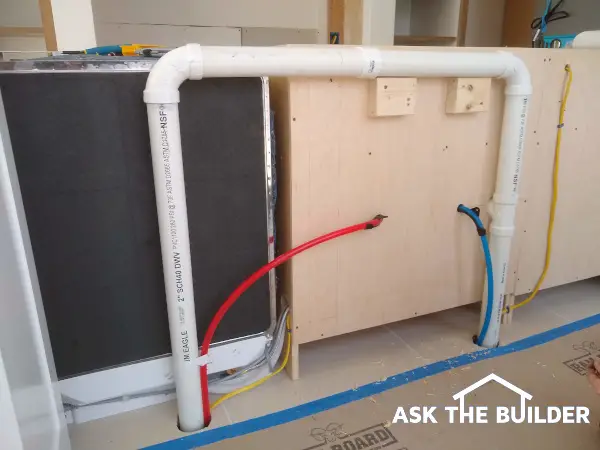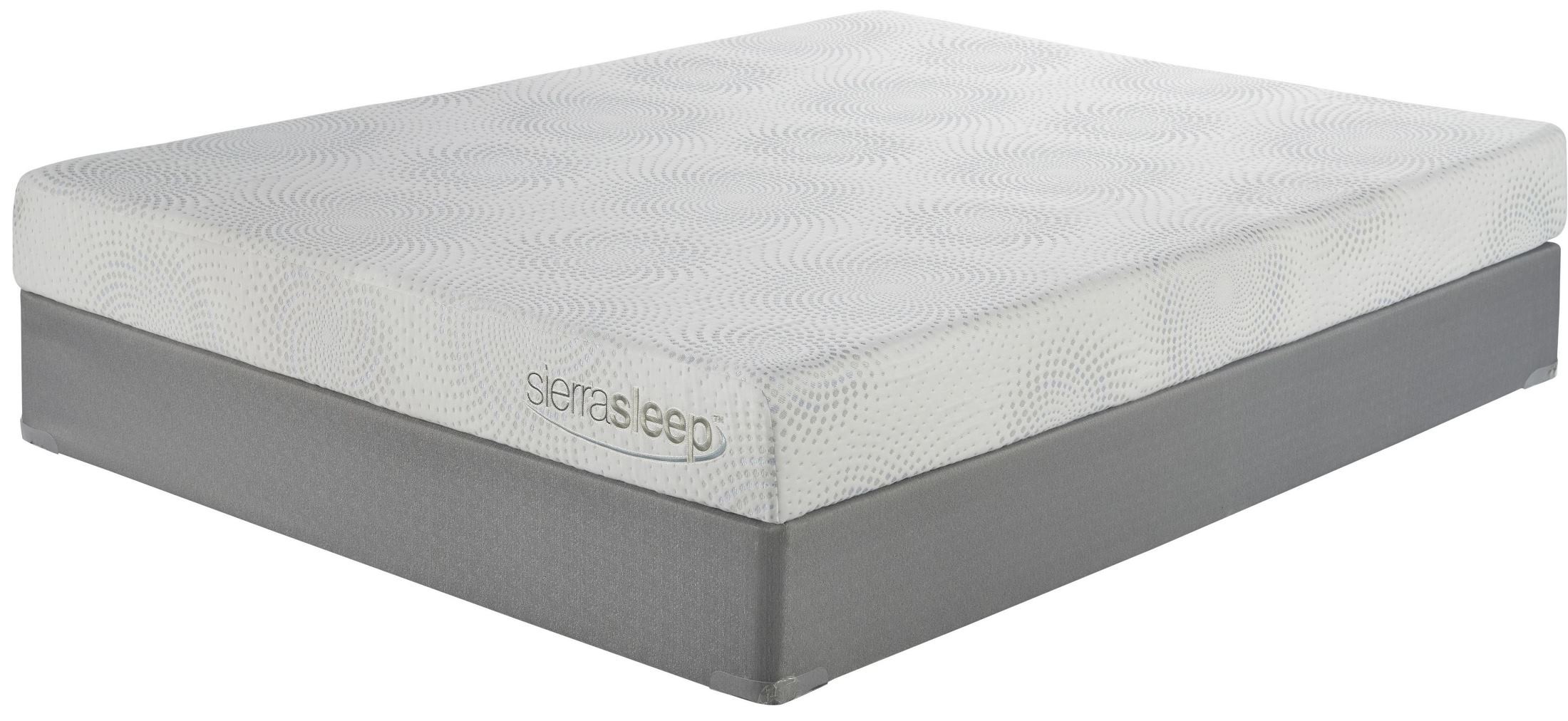Adding a sink to your kitchen island is a functional and stylish addition to any kitchen. Not only does it provide more workspace, but it also allows for easier access to water and cleanup while cooking. If you're considering installing a kitchen island sink, follow these steps for a successful installation.How to Install a Kitchen Island Sink
Before you begin the installation process, make sure you have all the necessary tools and materials on hand. This includes a sink, faucet, drain, plumbing supplies, and any necessary hardware. Once you have everything ready, follow these steps: Step 1: Measure and Mark Start by measuring the dimensions of your sink and marking the location of the sink on your kitchen island. Make sure to leave enough space for the sink and faucet, as well as any extra room you may need for food prep or other kitchen tasks. Step 2: Cut the Hole Using a jigsaw or circular saw, cut along the marked lines to create a hole for the sink. Be sure to follow the manufacturer's instructions for the specific sink you are using. Step 3: Install the Sink Place the sink into the hole and secure it with the provided hardware. Make sure it is level and sealed properly to prevent any leaks. Step 4: Install the Faucet and Drain Follow the manufacturer's instructions to install the faucet and drain onto the sink. This may require some additional plumbing work, so it's important to have a basic understanding of plumbing or consult a professional for assistance. Step 5: Connect the Plumbing If your kitchen island doesn't already have plumbing, you will need to add it in order to connect the sink. This may involve drilling through cabinets and floors to run pipes, so it's important to plan ahead and work carefully. Step 6: Test for Leaks Once all the plumbing is connected, turn on the water and test for any leaks. If you find any, make the necessary adjustments to ensure a tight seal.Kitchen Island Sink Installation: A Step-by-Step Guide
If you're taking on the task of installing a kitchen island sink yourself, here are some helpful tips and tricks to keep in mind: Tip 1: Plan Ahead Before you start cutting into your kitchen island, make sure you have a solid plan in place. This includes measuring and marking the sink location, as well as planning for any necessary plumbing work. Tip 2: Invest in Quality Materials When it comes to plumbing, it's important to invest in quality materials to ensure a long-lasting and leak-free installation. This may cost more upfront, but it will save you money and headaches in the long run. Tip 3: Don't Rush Take your time during the installation process and double check all measurements and connections before moving on to the next step. Rushing can lead to mistakes and potential leaks.DIY Kitchen Island Sink Installation: Tips and Tricks
There are many benefits to installing a sink in your kitchen island, including: Added Functionality A kitchen island sink allows for easier access to water and cleanup while cooking, making meal prep and cleanup more efficient. Increased Workspace Adding a sink to your kitchen island provides more workspace, allowing for more people to help with meal prep or for multiple tasks to be done at once. Improved Aesthetics A kitchen island sink can also enhance the overall look of your kitchen, adding a stylish and functional focal point.The Benefits of Installing a Sink in Your Kitchen Island
When it comes to choosing a sink for your kitchen island, there are a few things to consider: Sink Size Make sure the sink you choose fits comfortably into your kitchen island without taking up too much space. Material Stainless steel is a popular choice for kitchen sinks due to its durability and easy maintenance. However, there are also options for ceramic, granite, and more depending on your personal style and budget. Style Consider the overall style of your kitchen and choose a sink that complements it. There are various styles and designs available, from farmhouse to modern.Choosing the Right Sink for Your Kitchen Island
You will need the following tools and materials for a successful kitchen island sink installation: Tools: - Jigsaw or circular saw - Drill - Wrenches - Pipe cutter or hacksaw - Screwdriver Materials: - Sink - Faucet - Drain - Plumbing supplies (pipes, connectors, etc.) - HardwareTools and Materials Needed for Kitchen Island Sink Installation
Here are some common mistakes to avoid when installing a kitchen island sink: Mistake 1: Not Measuring Properly Accurate measurements are crucial for a successful installation. Make sure to measure and mark the sink location carefully before cutting into your kitchen island. Mistake 2: Forgetting to Seal Properly Proper sealing is essential to prevent leaks. Make sure to follow the manufacturer's instructions and use the appropriate sealant for your sink and countertop material. Mistake 3: Incorrectly Installing Plumbing If you're not familiar with plumbing, it's important to consult a professional or do thorough research to avoid making costly mistakes.Common Mistakes to Avoid When Installing a Kitchen Island Sink
If you're not confident in your DIY skills or don't have the necessary tools and equipment, it may be worth hiring a professional for your kitchen island sink installation. They have the expertise and experience to ensure a successful and hassle-free installation.Hiring a Professional for Kitchen Island Sink Installation: Is it Worth it?
If your kitchen island doesn't already have plumbing, you will need to add it in order to connect the sink. This may involve drilling through cabinets and floors to run pipes, so it's important to plan ahead and work carefully. It may also be beneficial to consult a professional for this step.Adding Plumbing to Your Kitchen Island for Sink Installation
A kitchen island sink can help maximize space in your kitchen by providing additional workspace and storage. Consider adding shelves or drawers under your sink for extra storage or installing a garbage disposal for easier cleanup. In conclusion, installing a sink in your kitchen island is a practical and aesthetically pleasing addition to any kitchen. With the right tools, materials, and know-how, you can successfully install a kitchen island sink yourself or hire a professional for a hassle-free experience. By following these tips and guidelines, you can enjoy the benefits of a functional and stylish kitchen island sink for years to come.Maximizing Space with a Kitchen Island Sink Installation
Why You Should Consider a Kitchen Island Sink Installation for Your Home Design

Maximize Space and Functionality
/kitchen-island-with-sink-ideas-6-naked-kitchens-heathwood-5857587bd7714e24a0f831ebd373918c.jpeg) A kitchen island sink installation is a popular choice among homeowners looking to maximize space and functionality in their kitchen. Not only does it provide an additional work area, but it also frees up counter space for other tasks. With the sink in the center of the kitchen, you have easy access to all sides, making meal prep and clean-up a breeze.
A kitchen island sink installation is a popular choice among homeowners looking to maximize space and functionality in their kitchen. Not only does it provide an additional work area, but it also frees up counter space for other tasks. With the sink in the center of the kitchen, you have easy access to all sides, making meal prep and clean-up a breeze.
Add Style and Design to Your Kitchen
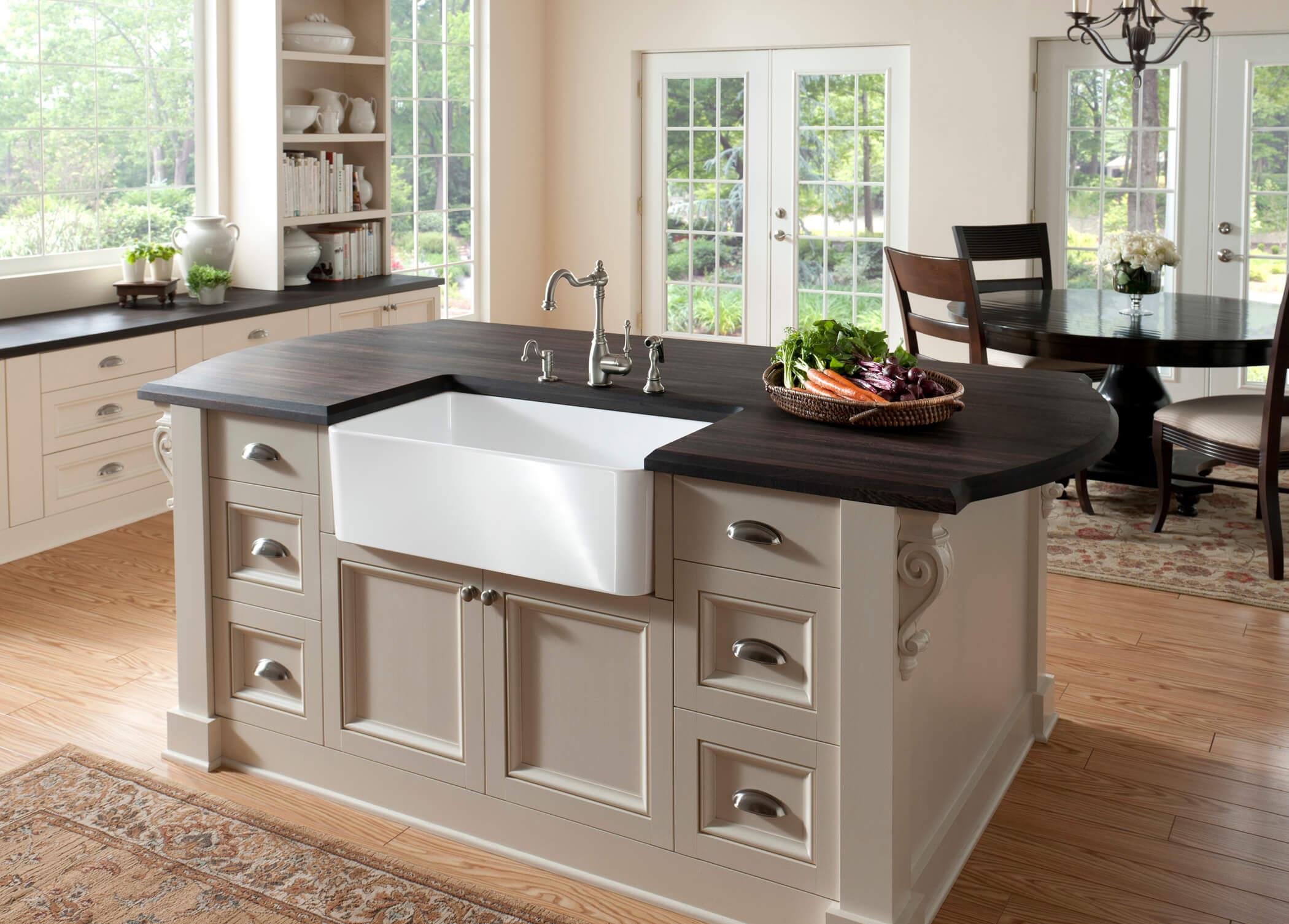 Not only does a kitchen island sink installation add practicality to your kitchen, but it also adds style and design. With a variety of sink options available, from farmhouse to modern, you can choose one that complements the overall aesthetic of your kitchen. Furthermore, the island itself can be customized with different materials, such as granite or butcher block, to fit your personal design preferences.
Not only does a kitchen island sink installation add practicality to your kitchen, but it also adds style and design. With a variety of sink options available, from farmhouse to modern, you can choose one that complements the overall aesthetic of your kitchen. Furthermore, the island itself can be customized with different materials, such as granite or butcher block, to fit your personal design preferences.
Entertain with Ease
:max_bytes(150000):strip_icc()/incredible-kitchen-islands-with-seating-1822164-hero-ab8cf0c1c21f4c1ca658145cb6b52338.jpg) Having a sink on your kitchen island is perfect for entertaining. It allows you to socialize with your guests while still being able to prepare food and drinks. Plus, with the added counter space, you can set up a bar or appetizer station, making hosting and serving a breeze.
Having a sink on your kitchen island is perfect for entertaining. It allows you to socialize with your guests while still being able to prepare food and drinks. Plus, with the added counter space, you can set up a bar or appetizer station, making hosting and serving a breeze.
Increase Home Value
 A kitchen island sink installation is not only a functional and stylish addition to your home, but it can also increase its value. It's a highly sought-after feature in modern kitchen designs, which can make your home more attractive to potential buyers in the future.
A kitchen island sink installation is not only a functional and stylish addition to your home, but it can also increase its value. It's a highly sought-after feature in modern kitchen designs, which can make your home more attractive to potential buyers in the future.
Expert Installation is Key
 When considering a kitchen island sink installation, it's crucial to hire a professional for the job. The plumbing and electrical work involved can be complex, and it's essential to ensure that everything is installed correctly for safety and functionality. A professional installation also guarantees that your sink will be properly sealed and connected to the plumbing system.
In conclusion,
a kitchen island sink installation is a smart choice for homeowners looking to enhance their kitchen's design and functionality. It offers practicality, style, and convenience, making it a valuable addition to any home. With the help of a professional installation, you can transform your kitchen into a functional and stylish space that you and your guests will love.
When considering a kitchen island sink installation, it's crucial to hire a professional for the job. The plumbing and electrical work involved can be complex, and it's essential to ensure that everything is installed correctly for safety and functionality. A professional installation also guarantees that your sink will be properly sealed and connected to the plumbing system.
In conclusion,
a kitchen island sink installation is a smart choice for homeowners looking to enhance their kitchen's design and functionality. It offers practicality, style, and convenience, making it a valuable addition to any home. With the help of a professional installation, you can transform your kitchen into a functional and stylish space that you and your guests will love.







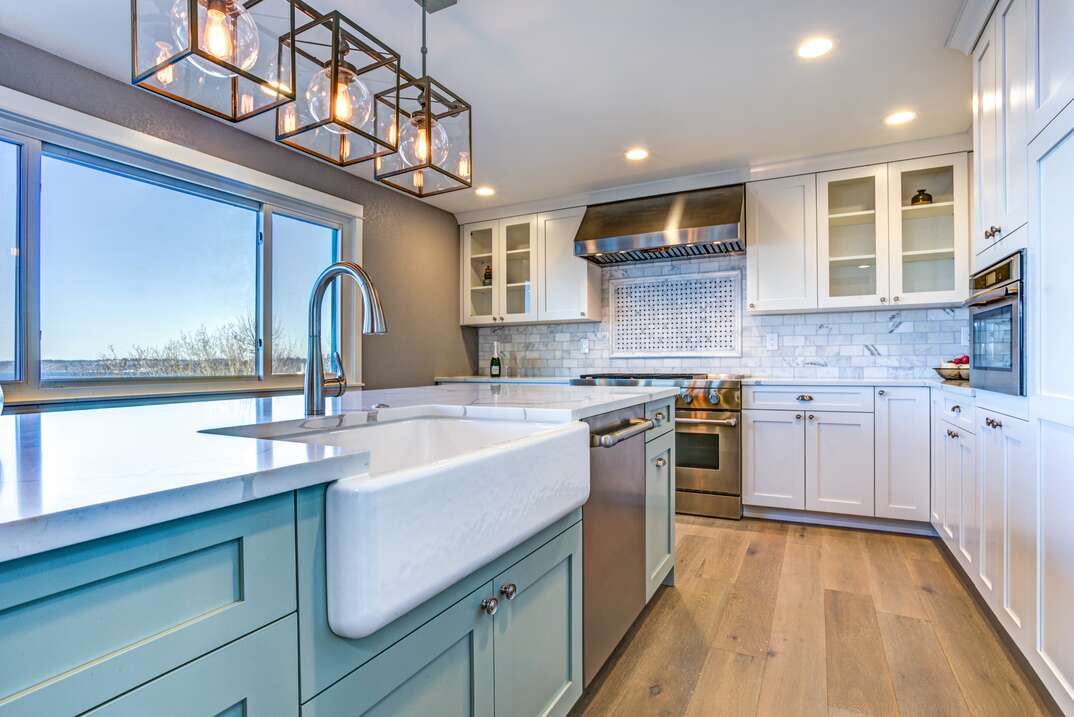




/KitchenIslandwithSeating-494358561-59a3b217af5d3a001125057e.jpg)



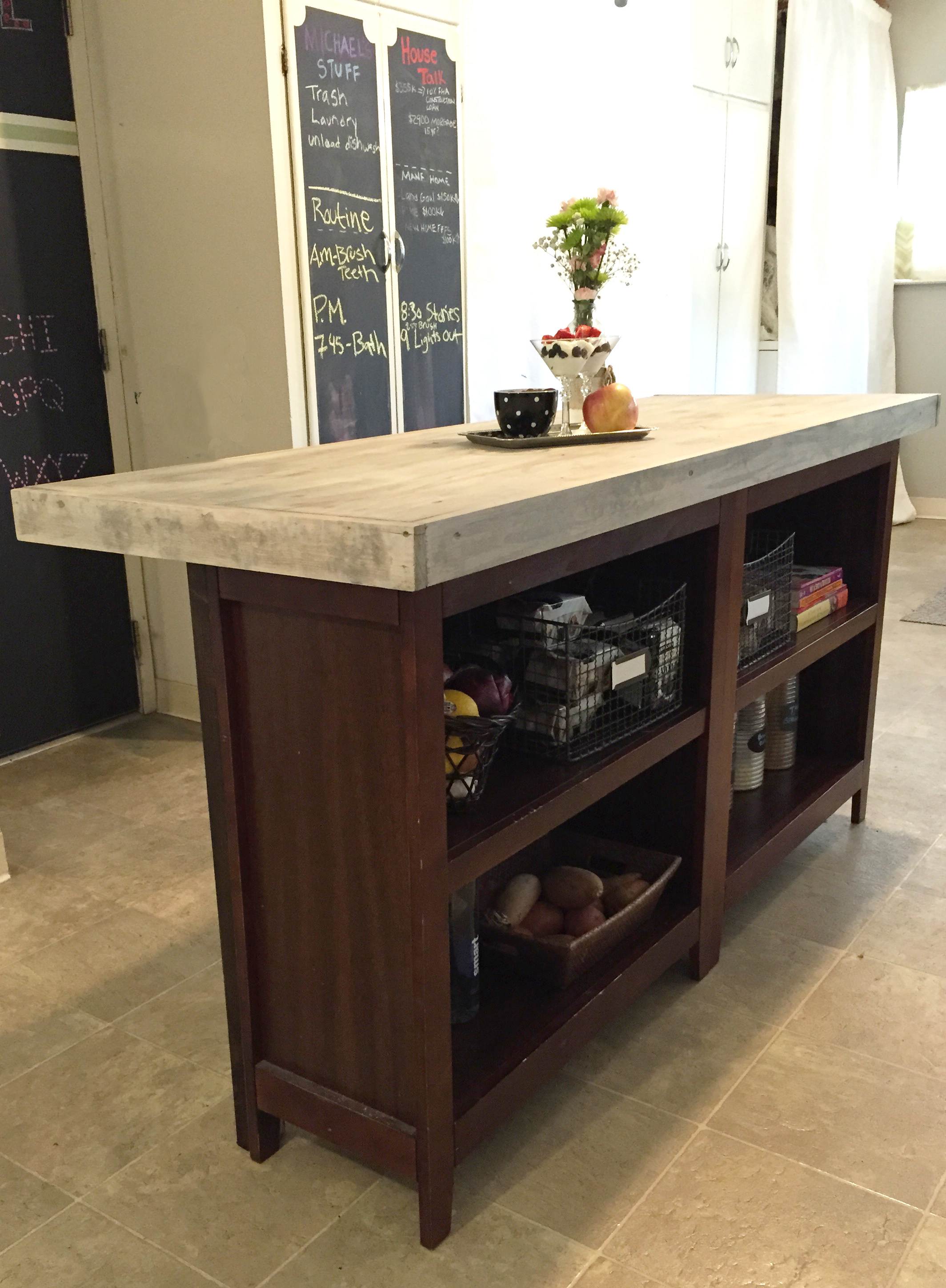



















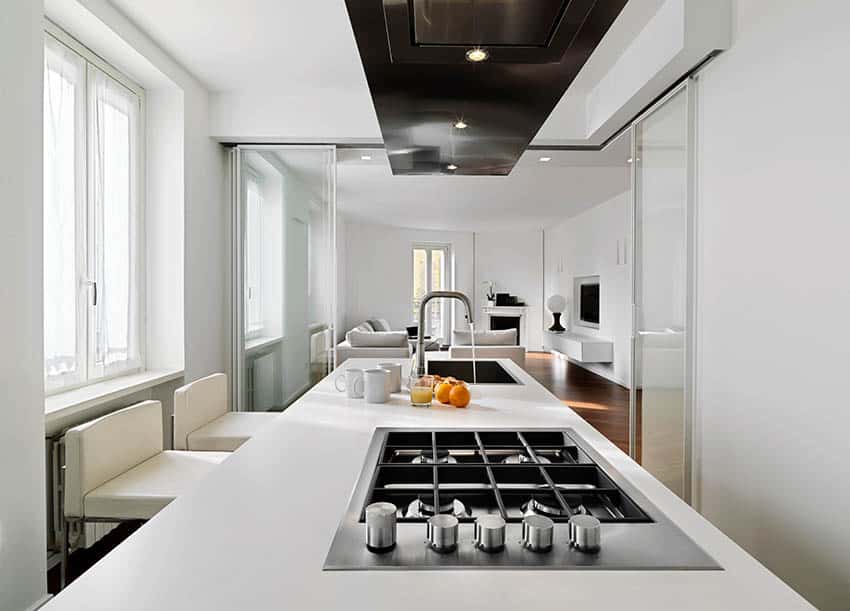




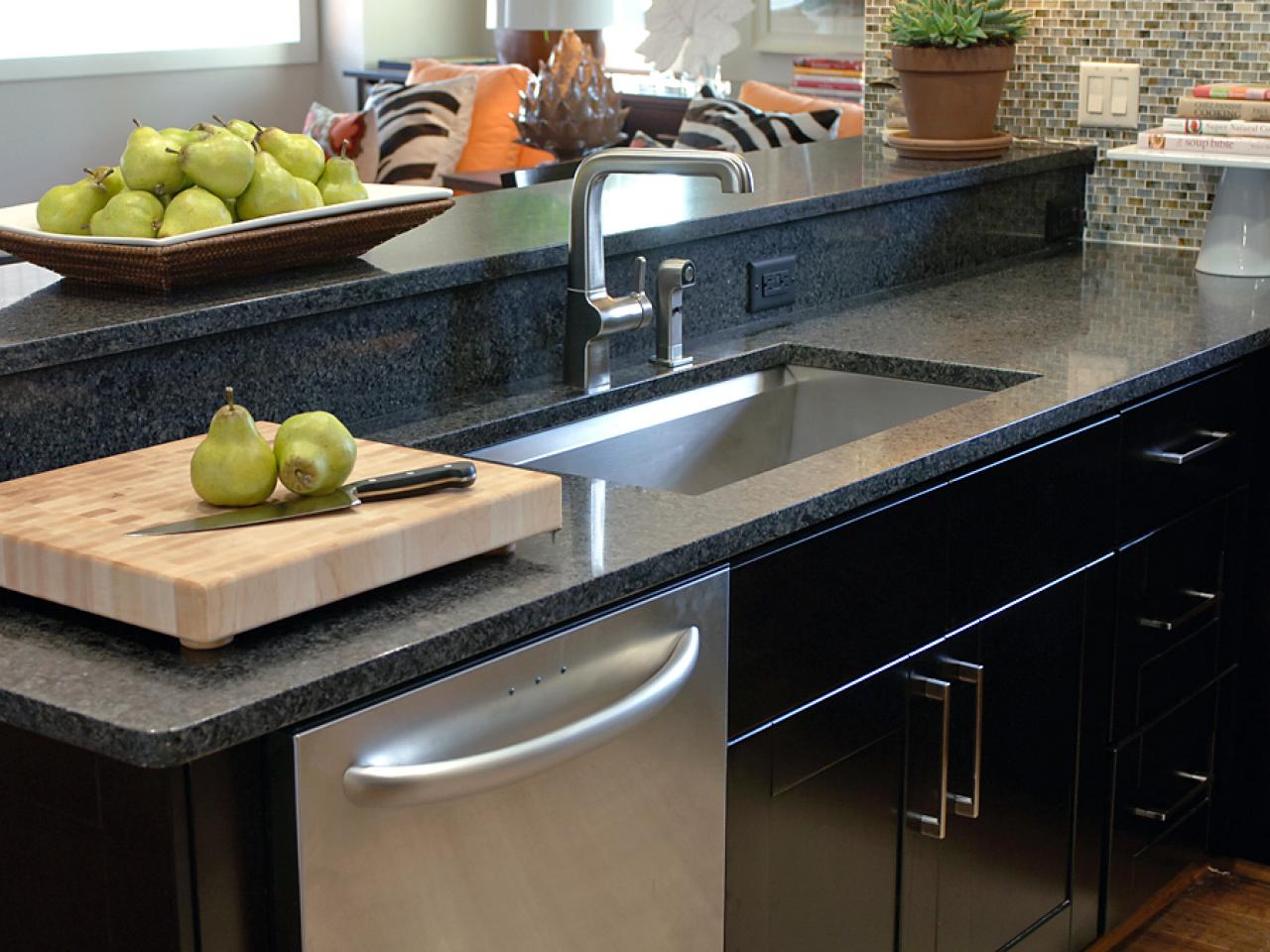
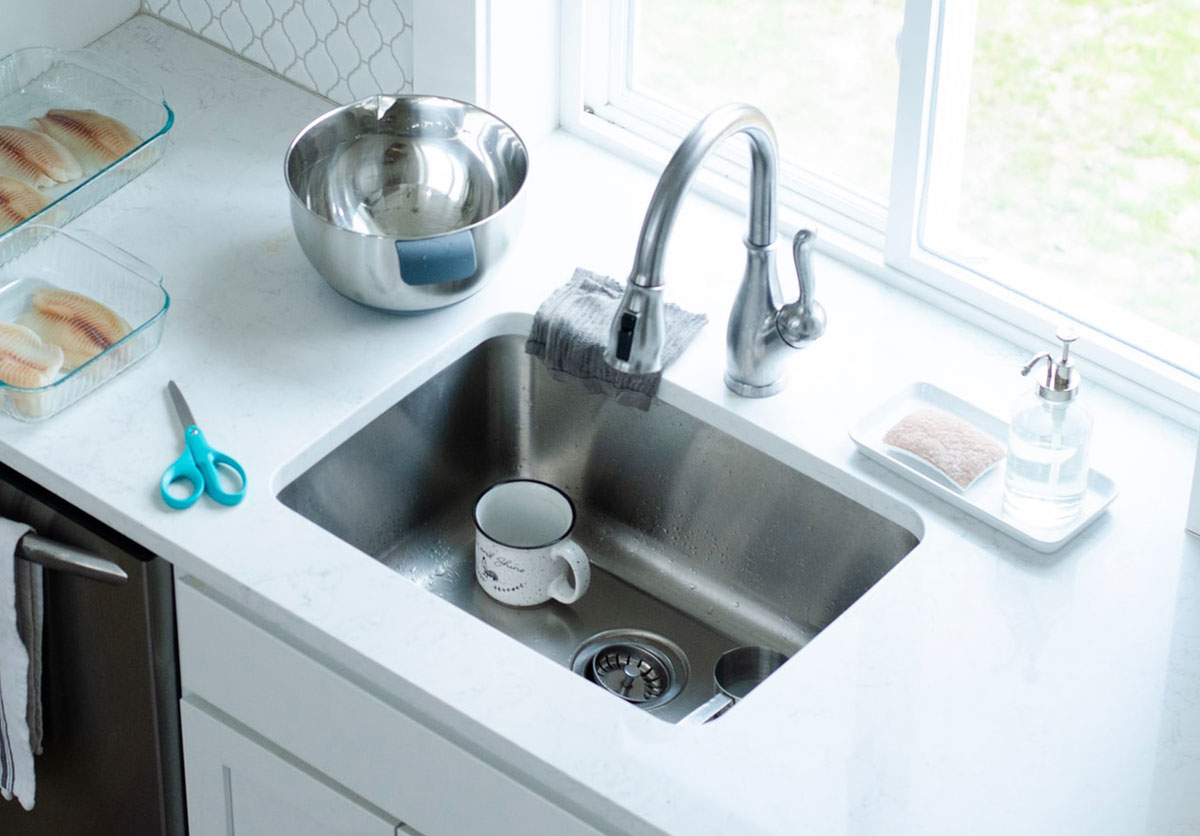


















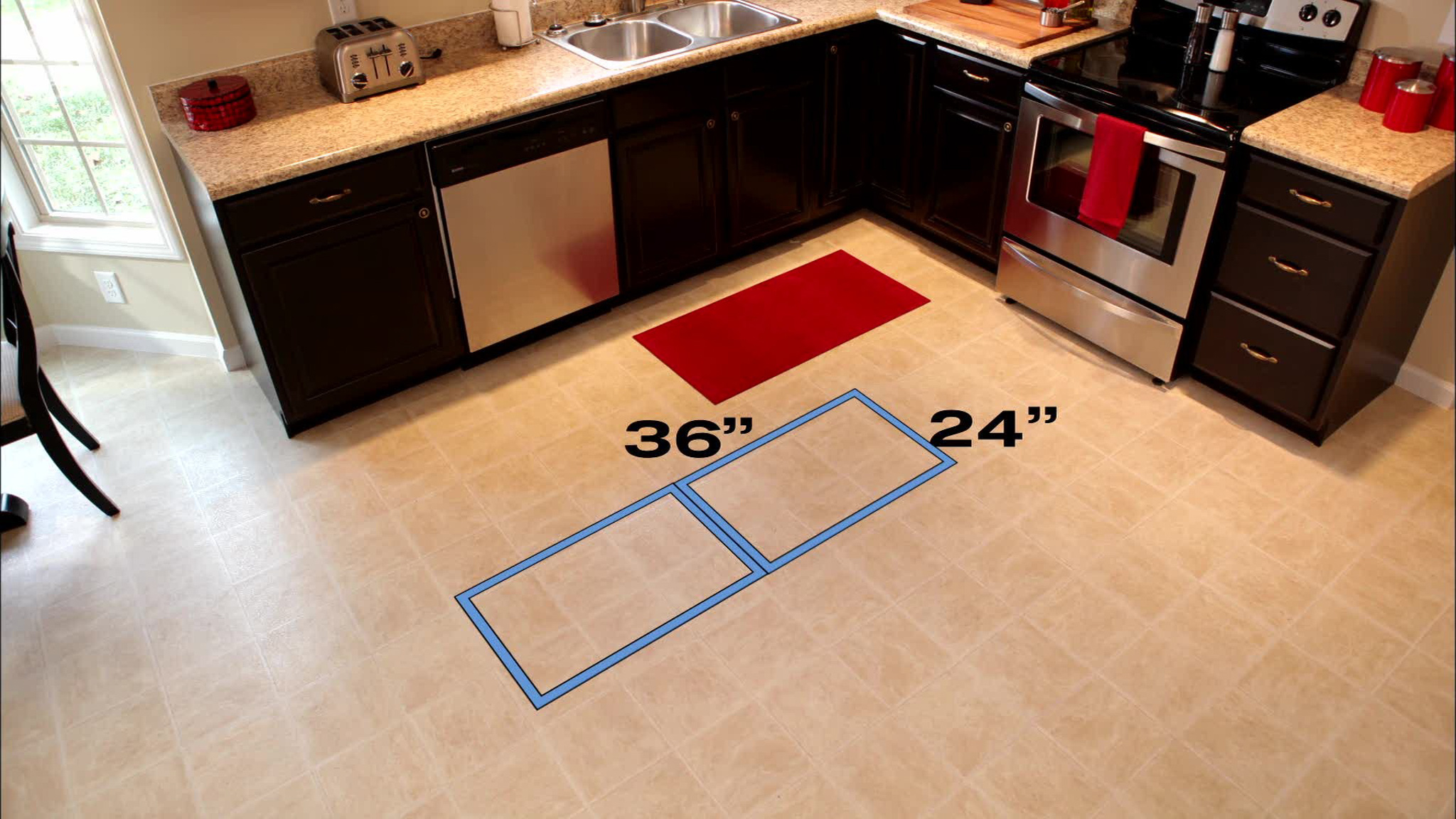

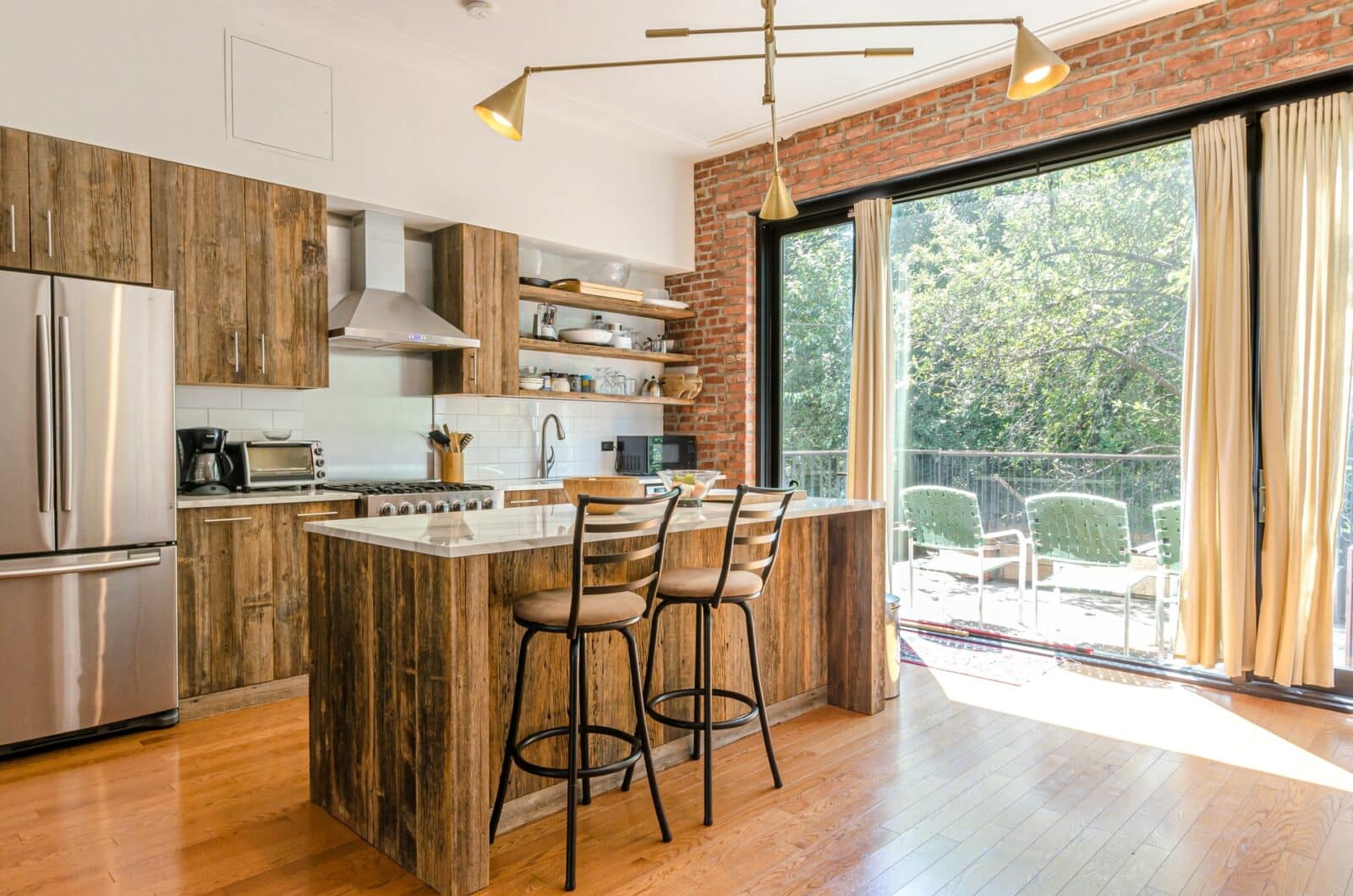
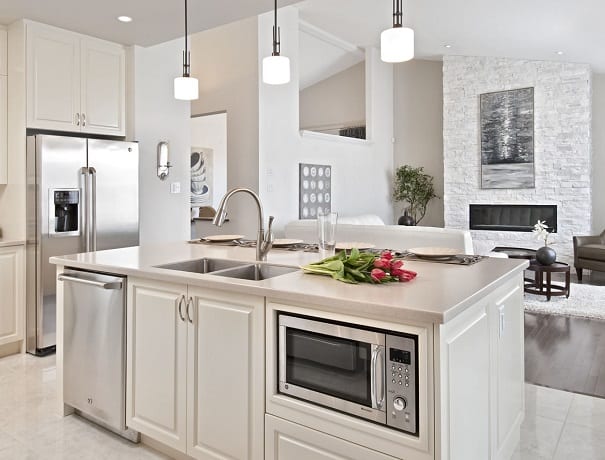






:max_bytes(150000):strip_icc()/how-to-install-a-sink-drain-2718789-hero-24e898006ed94c9593a2a268b57989a3.jpg)





